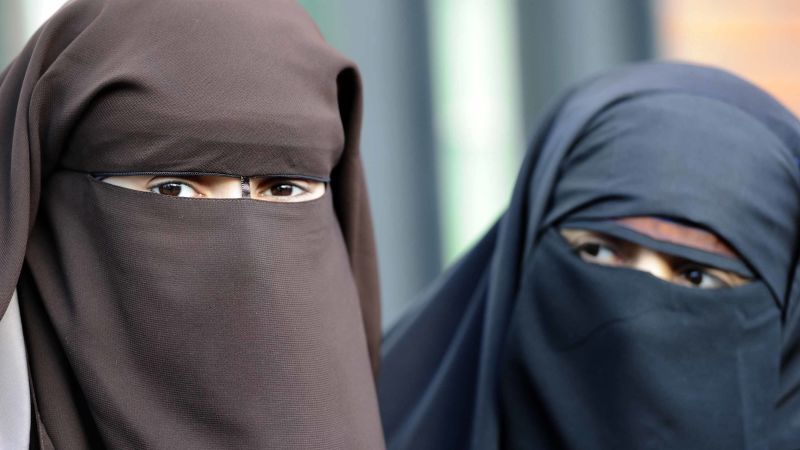- Hijabs come in various forms including Shayla, Khimar, Al-Amira, and more.
Styles vary by region, culture, and personal preference.
Each hijab type offers different levels of coverage and comfort.
Hijabs are worn for religious, cultural, and personal reasons.
Materials range from cotton and chiffon to silk, depending on the occasion
Understanding the Types of Hijabs: Styles, Meanings, and Cultural Significance
A Quick Recap of This Story
The Essence of the Hijab
The hijab, often misunderstood as a single type of garment, actually refers broadly to modest dress and head coverings worn by many Muslim women in accordance with Islamic teachings. While the term literally means "barrier" or "partition" in Arabic, in practice, the hijab serves both as a symbol of modesty and a form of cultural expression.
Throughout the Islamic world—and among Muslims globally—women wear different styles of hijabs, each with its own structure, level of coverage, and cultural connotation. Let’s explore the most common types of hijabs and their distinguishing features.
1. Shayla: The Modern Wrap
The Shayla is a long, rectangular scarf commonly worn in the Gulf region. It is draped over the shoulders and wrapped loosely or snugly around the head and neck.
-Offers a sleek, minimalistic look
-Suitable for both casual and formal wear
-Allows for variations in layering and pinning
Shayla is a favorite among working professionals and students due to its simplicity and adaptability.
2. Khimar: Full Upper Body Coverage
The Khimar covers the head, neck, shoulders, and upper chest, typically flowing down to the waist or lower back.
-Provides significant coverage while leaving the face open
-Popular in conservative communities
-Often used during prayer and religious gatherings
It is designed for those seeking more complete modesty without the complexity of multiple layers.
3. Al-Amira: The Slip-On Ease
The Al-Amira hijab consists of a two-piece outfit—usually a cap and a tube-like scarf worn over it.
-Quick to wear and easy to manage
-Comfortable and secure, ideal for active days
-Common among young girls and those new to hijab-wearing
Al-Amira’s practicality has made it a common choice in schools and sports settings.
4. Chador: The Iranian Cloak
The Chador is a full-body cloak traditionally worn in Iran. It is open at the front and usually held together by the hands or under the arms.
-Worn over clothes, sometimes with a smaller scarf underneath
-Offers complete coverage from head to toe
-Typically black, but now available in various colors for everyday use
While traditionally religious, the chador has seen increasing integration into fashion.
5. Niqab: The Face Veil
The Niqab covers the entire face except for the eyes and is often worn with an accompanying headscarf or abaya.

-Favored in parts of the Middle East and North Africa
-Worn for higher degrees of privacy and religious conviction
-Often misunderstood but embraced by many women for spiritual autonomy
The niqab is distinct from the hijab and is considered by many as an additional expression of modesty.
6. Hijab with Undercaps and Accessories
Many women style their hijab using undercaps, magnetic pins, and accessories to secure or enhance the look.
-Keeps hair in place
-Prevents slipping of silk or chiffon fabrics
-Enables women to personalize their hijab while staying modest
From minimalist aesthetics to bold fashion statements, hijab styling has evolved with time and taste.
Cultural Influence on Hijab Styles
The style of hijab varies greatly across regions:
-In Turkey, women often wear colorful square scarves tied tightly under the chin.
-In South Asia, the dupatta doubles as a head covering, typically draped loosely.
-In Somalia, the garbasaar offers voluminous coverage with vibrant prints.
-In Malaysia and Indonesia, modern hijabs integrate traditional batik and soft fabrics.
This diversity reflects the fusion of culture, identity, and religious adherence, showing that modesty can coexist with creativity and self-expression.
Read this related article: Why Muslim Women Wear Hijabs and Modest Dresses
Why So Many Styles?
The variation in hijab styles allows women to make personal choices within the framework of modesty. Factors influencing hijab selection include:
-Climate and comfort
-Personal and spiritual beliefs
-Family or community expectations
-Fashion preferences
At its core, hijab is a deeply personal practice, not a uniform. Each type carries significance, not just in cloth but in the conviction and dignity of the one who wears it.
Final Thought: Beyond the Fabric
Understanding the types of hijabs helps break stereotypes and acknowledges the complexity of Muslim women's experiences. Whether worn daily or on occasion, each hijab tells a story—of faith, culture, identity, and empowerment.

0 comments
Be the first one to comment, but before that...
Here are some best practices for writing comments: